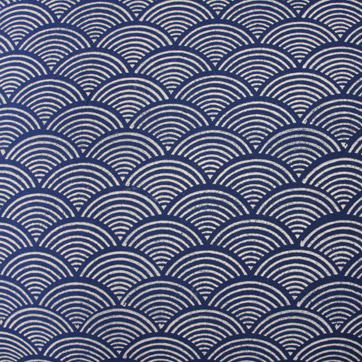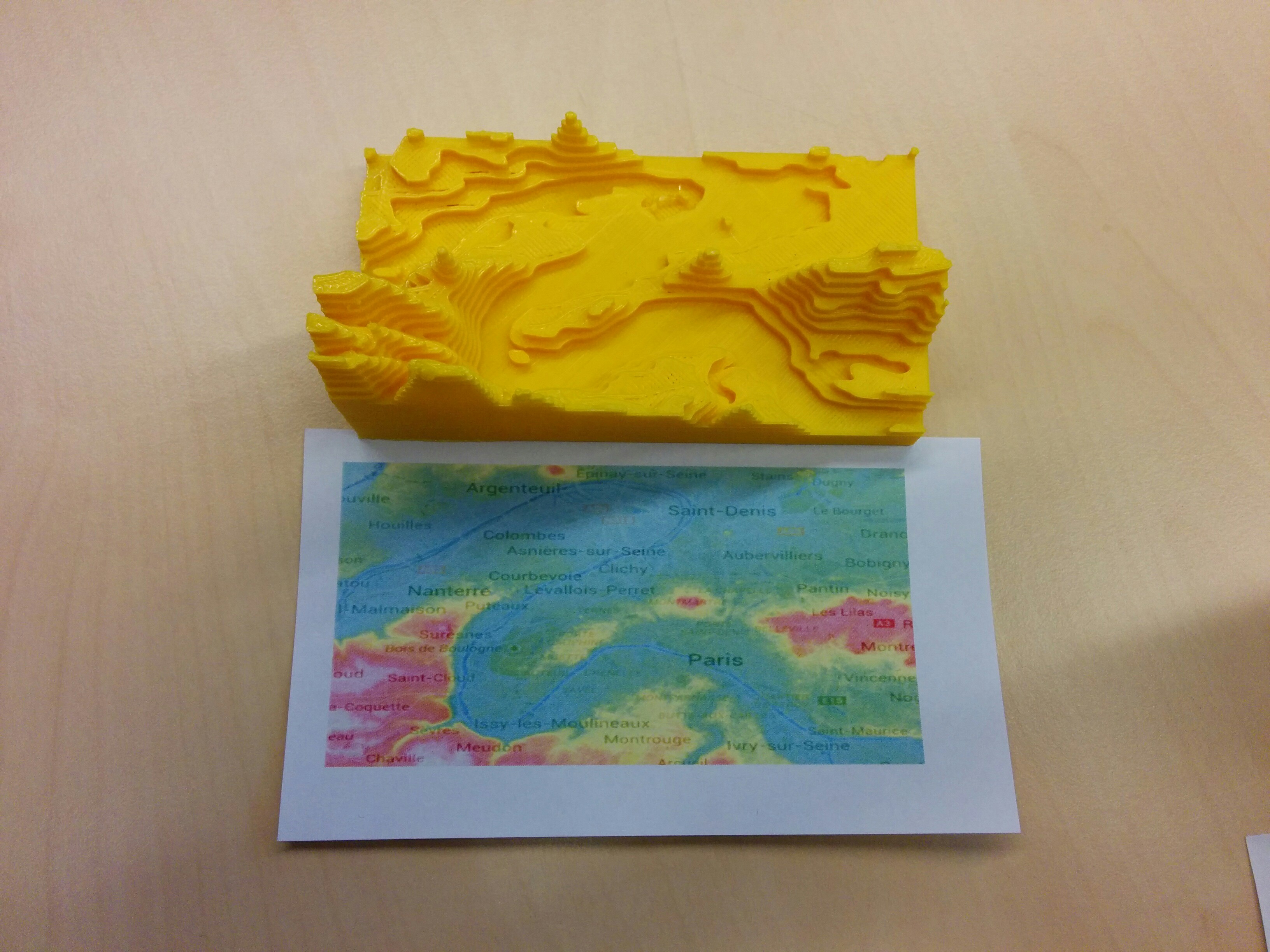The Farthest Neighbors Algorithm
In this notebook, we take a look at the farthest neighbors algorithm, in the fashion of Peter Norvig.
In this notebook, we take a look at the farthest neighbors algorithm, in the fashion of Peter Norvig.
What if you apply a machine learning technique such as principal component analysis to the mysterious Japanese characters? Will it reveal their secret structure or just make for a fancy blogpost?
In this post, we will use a little geography to determine the topology of Paris as seen from the point of view of my alarm clock.

In this post, we delve into graphical art based on an ancient Japanese wave pattern.

Do you know XKCD? Have you ever wondered if comic #314 was actually accurate? In this post, I’ll present my analysis of this comic and show that it is indeed possible to obtain dating pool curves similar to the ones shown in the comic using Census Bureau data.
In this post, we’re using a little of machine learning, some IPython notebook interaction and OpenCV to determine if a face found in the webcam’s frame is smiling or not.

In this post we use the elevation API provided by Google to obtain some height information about the Paris area and build a 3D model from the data using the OpenSCAD language. The result can be brought to the physical world using a 3D printer.
This post visualizes the relationship between kanji and vocabulary data from my Japanese language learning deck using graphs.
You'll never listen to Tetris in the same way again after hearing our seven church modes rendition with a Game Boy and a bowl sound.
What would you do in Korea where everyone uses the same Samsung ringtone on their smartphone if you wanted to stand out and be original? I say: butcher it, chop it to pieces and make a nice new sound out of it.